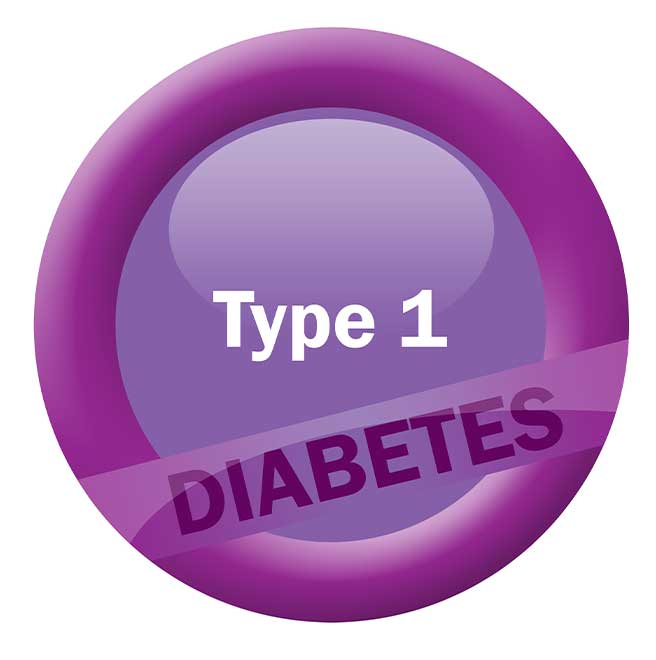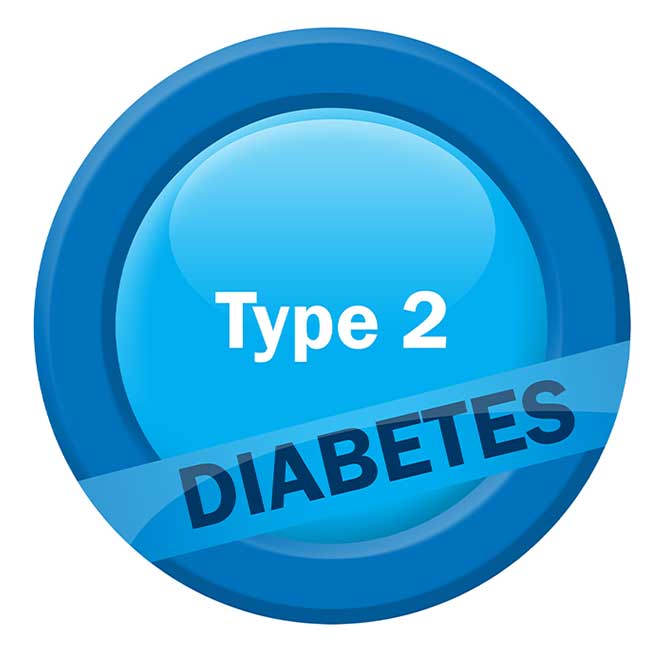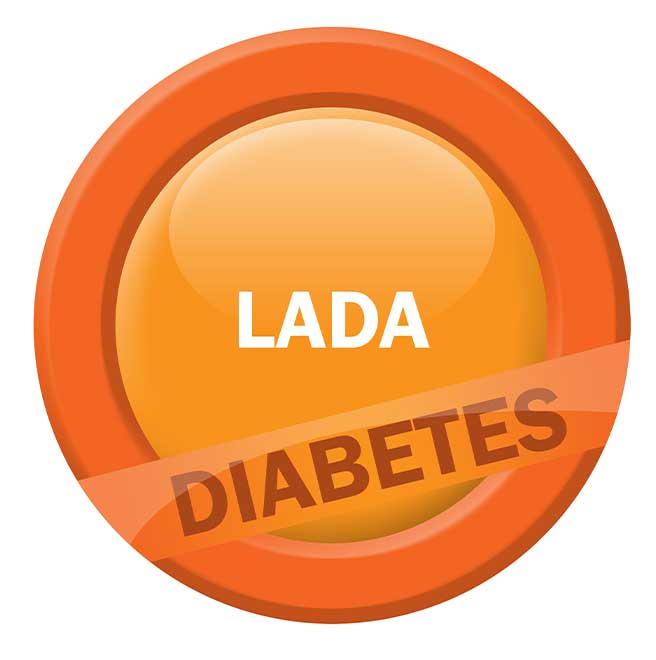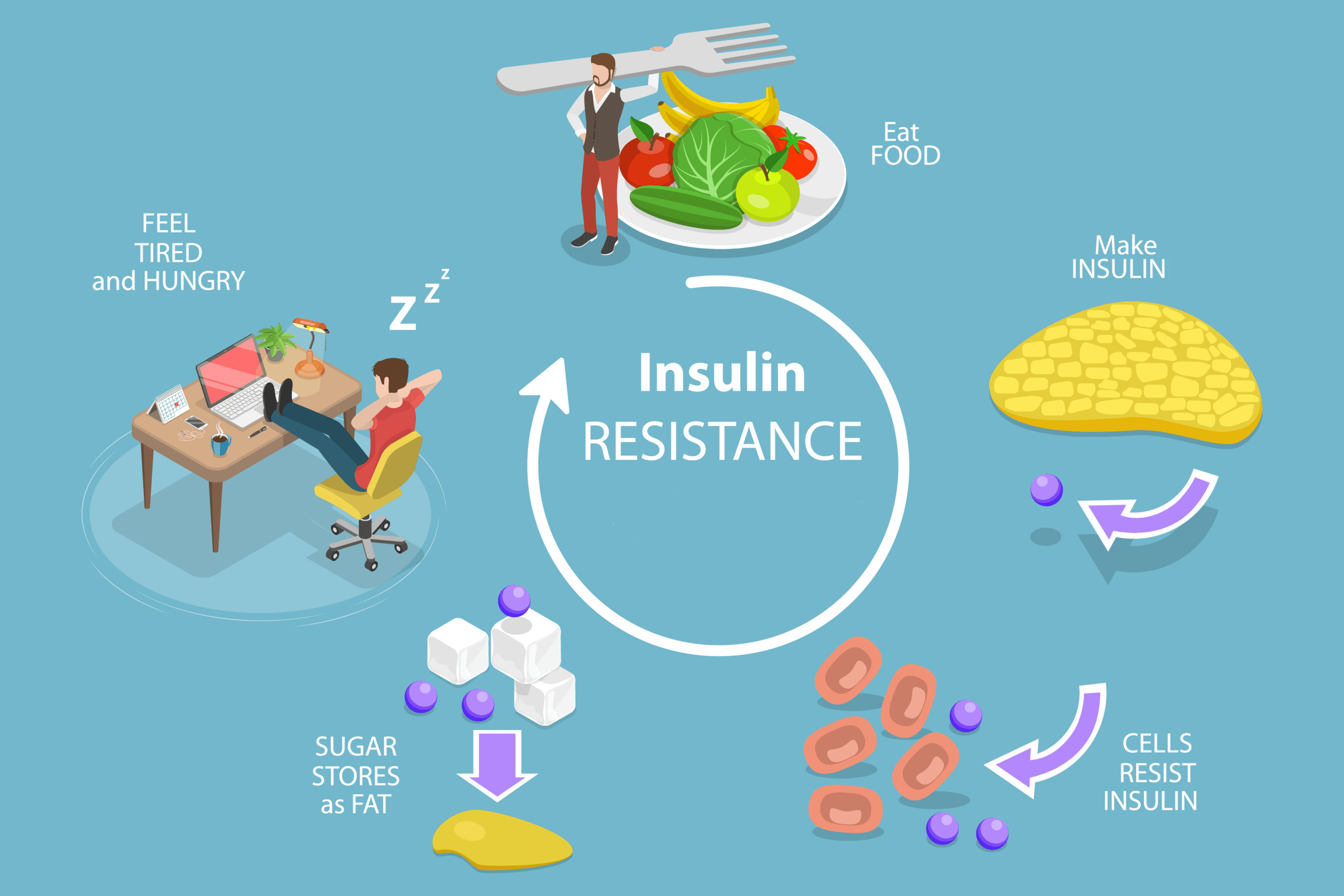Do you know the 4 types of diabetes?
By naturopath Margaret Jasinska
There are more than 422 million people in the world who have diabetes. The majority have type 2 diabetes and it is definitely the most well known type. You may not be aware that there are four different types of diabetes.


Type 1 diabetes
This form of the disease occurs in ten to 15 percent of diabetics. It is an autoimmune disease that destroys the pancreas and renders it unable to produce sufficient amounts of insulin. Normally your immune system produces antibodies to fight off harmful bacteria and viruses; however in this case, antibodies are produced against the pancreas, insulin, or enzymes involved in producing insulin. Consequently, patients require daily insulin therapy in order to survive. The disease usually develops in childhood, before the age of 18 years, however it may occur in adulthood.


Type 2 diabetes
This is a much more common form of the disease, and accounts for 85 to 90 percent of all cases of diabetes. In this instance the body produces sufficient insulin, but the cells no longer respond to it properly. Syndrome X, (also known as insulin resistance) results in high blood insulin levels and it is a major forerunner to type 2 diabetes. Type 2 diabetes was once called adult onset diabetes because it predominantly occurred in people over the age of 40 years. However, that name has been dropped because the condition is now frequently diagnosed in childhood.


Gestational diabetes
This is a temporary form of diabetes that occurs in three to eight percent of pregnant women who did not previously have diabetes. The disease usually disappears after the baby is born, but women with the condition are at much greater risk of developing type 2 diabetes later in their life. Since the year 2000 the number of pregnant women in New South Wales with gestational diabetes has quadrupled. The risk of gestational diabetes is increased by being overweight, having a history of polycystic ovarian syndrome, being over the age of 35 and having a family history of type 2 diabetes.
In most cases, gestational diabetes is controlled by making improvements to the diet, such as avoiding sugar and eating less carbohydrate (grains, starches, cereals). If the diabetes doesn’t respond to these changes, the woman will have to inject insulin for the duration of the pregnancy. Poorly controlled gestational diabetes increases the risk of giving birth to a large baby (possibly requiring a caesarian section) and makes a woman twice as likely to develop pre-eclampsia as other pregnant women.


Latent autoimmune diabetes of adulthood
This is similar to type 1 diabetes, in that the ability of the pancreas to produce insulin is compromised. However, the disease develops more gradually, and a small amount of insulin can often still be produced. It typically occurs in adults over the age of 30. Insulin therapy is usually required, as well as treatment for autoimmune disease. For more information see our book called Healing Autoimmune Disease: A plan to help your immune system and reduce inflammation.
How common is diabetes?
Diabetes is Australia’s fastest growing chronic disease. One person develops diabetes every 5 minutes.
Impaired glucose tolerance is also known as Syndrome X and insulin resistance; it is a forerunner to type 2 diabetes. Many people do not realise they have diabetes for some time before they are diagnosed; this is a problem because the high blood sugar could have already done considerable damage to their body. Diabetes is the most common cause of preventable blindness in Australia.
The frightening fact is that more and more young children are being diagnosed with type 2 diabetes, when this used to be a disease of middle to old age. The main reason for this is the escalating rate of overweight and obesity in children. Weight gain around the abdominal area makes children more likely to develop Syndrome X, high blood sugar, as well as high cholesterol and blood pressure. This is a very disturbing trend because some children being diagnosed with type 2 diabetes are below the age of ten years. The incidence of type 2 diabetes in children is expected to escalate in the next decade, along with rates of overweight and obesity.
Incidence of diabetes around the world
Diabetes is no longer a disease confined to wealthy developed nations. The World Health Organisation estimates that by the year 2025, 80 percent of all new cases of diabetes will occur in developing countries. Currently India has the world’s highest diabetic population; there are more than 35 million diabetics living there, and in 10 years this figure is expected to grow to 75 million. Because Indians are so genetically susceptible to type 2 diabetes, they develop it at a much younger age than Caucasians; therefore suffer a lot more from its complications.
Rapid industrialisation in India, China and other developing nations has allowed people living in cities to eat heavily processed, fast food and consequently develop the diseases common in developed nations. In some parts of Asia, Oceania, the Caribbean and the Middle East, diabetes affects between 12 and 20 percent of the adult population. Poor access to medical care in developing nations means that diabetes often goes undiagnosed, or is inadequately treated, therefore the complications and death rate are high.
Some nationalities are more prone to diabetes than others; this is especially true for Asians. Chinese, Korean and Japanese people develop type 2 diabetes at a much lower body weight than Caucasians. This means they don’t have to be very overweight to get the disease. Regardless of their weight, they are 60 percent more likely to develop diabetes than Caucasians.
Worldwide, annual diabetes deaths are approximately 3.8 million; this is equivalent to the global toll of HIV/AIDS and malaria combined!
The majority of cases of type 2 diabetes are reversible. For more information see our book Diabetes Type 2: You Can Reverse It.









Leave A Comment